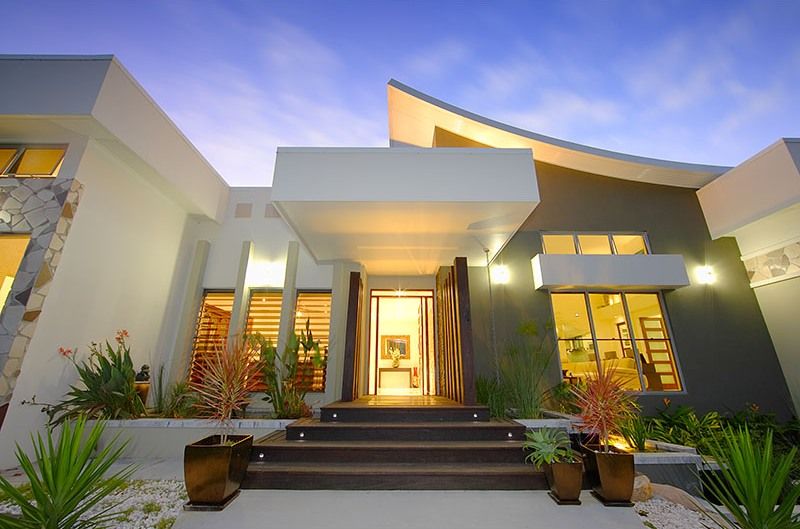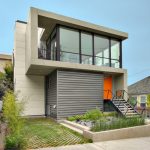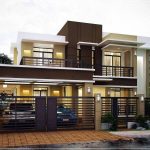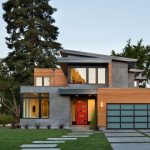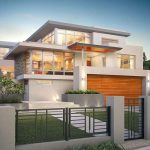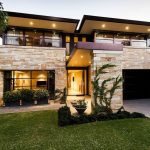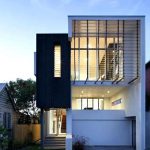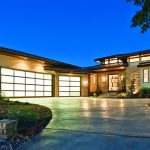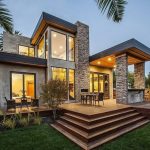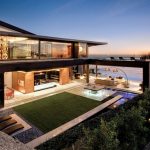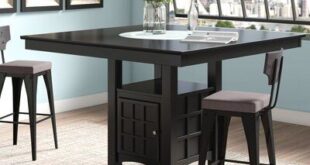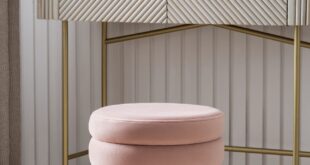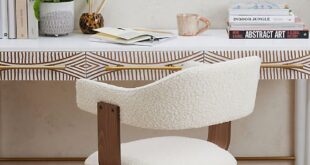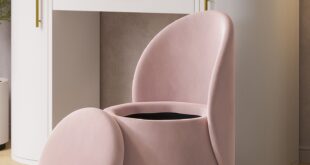Modern home design has undergone significant evolution over the years, with changes in architectural preferences, technologies, and environmental considerations shaping the way we build and design our living spaces. From the mid-century modern movement to the sustainable design trends of today, the evolution of modern home design has been a reflection of societal values and advancements in the industry.
The mid-century modern movement, which emerged in the 1950s and 1960s, sought to create livable, functional spaces that integrated nature and the outdoors with the indoors. This design style emphasized clean lines, minimalism, and open floor plans, as well as a focus on natural materials and organic shapes. Mid-century modern homes often featured floor-to-ceiling windows and sliding glass doors, allowing for ample natural light and a seamless connection to the surrounding landscape.
As technology advanced, so too did modern home design. Smart home technology, which enables homeowners to control various aspects of their homes through their smartphones or voice commands, has become increasingly popular in recent years. From thermostats and lighting to home security systems and entertainment centers, smart home technology has revolutionized the way we interact with our living spaces and has made homes more convenient, energy-efficient, and secure.
Sustainable design principles have also played a significant role in the evolution of modern home design. With a growing awareness of environmental issues and a desire to reduce our carbon footprint, homeowners and architects are increasingly incorporating eco-friendly features into their designs. This includes passive solar heating and cooling, energy-efficient appliances, recycled and reclaimed materials, and green roofs and walls. Sustainable design not only benefits the environment but also helps homeowners save money on utility bills and create healthier living environments.
The tiny house movement is another trend that has influenced modern home design, with many people opting for smaller, more minimalist living spaces that prioritize functionality and efficiency over square footage. Tiny homes are often built using eco-friendly materials and innovative design solutions to maximize space and create a comfortable living environment in a compact footprint. These homes are not only more affordable and sustainable but also offer a simpler, more conscious way of living that resonates with many people seeking to reduce their impact on the planet.
In conclusion, the evolution of modern home design has been shaped by a combination of architectural trends, technological advancements, and environmental considerations. From mid-century modern aesthetics to smart home technology and sustainable design principles, the way we design and build our homes continues to evolve to meet the changing needs and values of society. As we look to the future, it will be interesting to see how modern home design continues to innovate and adapt to meet the challenges and opportunities of the 21st century.
 redboth.com Decoration ideas for your home
redboth.com Decoration ideas for your home
